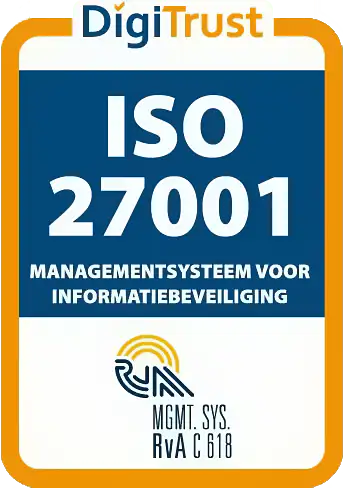“Everything that is really great, and inspiring is created by the individual who can labor in freedom” – Albert Einstein
The quotes of great thinkers, researchers and successful business people are often twisted to fit an article’s narrative. In this article, however, nothing could be further from the truth. In his book “Out of My Later Years”, Einstein describes the immense importance of creativity and freedom, and the harmful effects that processes based solely on efficiency have on one’s functioning. An example of this are schools where too much emphasis is placed on performance instead of growth.
According to Einstein, people should be given as much freedom as possible in their creativity. Only then can they allow themselves to be guided by their instincts and morals in which achieving maximum happiness is the goal while minimizing harm to others. This way of thinking gives our talents the chance to manifest in the most impressive ways.
At Manual Master, we believe that this freedom is also crucial for successful business operations. Fred Vahlkamp explains how he found inspiration for this in the art library of Gorinchem. “When you stand among the beautiful works of art, you see that the artist was given the opportunity to put his heart and soul into the work. That freedom to create work based on what one feels and what he wants to make at that exact moment, this uninhibitedness, is a situation in which one can optimally express himself.
It is not only artists who benefit from freedom in their work. Across the years, many studies have shown that this way of thinking in which freedom, also known as autonomy, leads to better results. According to a study by M. Gagné, C. Senécal and R. Koestner, conducted as a collaboration between the Psychology University of Rochester and McGill University in Montreal, a high degree of autonomy is an important factor in how impactfully employees assess their work. This is then one of the factors that leads to greater happiness in the workplace.
This focus on freedom also corresponds with the Self-Determination Theory (SDT), in which it is proven over and over that a sufficient degree of autonomy, competence (belief in one’s own abilities) and relationship ( social connectedness) leads to better performance in the workplace, at school, or even on a personal level (such as when quitting smoking).
Why (not)?
Although the importance of freedom in the workplace is confirmed in all fields, from art to science, companies often do not yet know how to reap the benefits of this working attitude. “Employees are often constrained by regulations and must perform under the watchful eye of their managing directors. This way, they are deprived of autonomy and ultimately feel less connected to the company. That’s a shame,” says Fred.
Especially when an organization has been functioning for years in a tightly controlled way, letting go of control can be scary. How do you know which people are capable of taking full responsibility for their work? Won’t they have trouble because of this newfound freedom, while working under strict supervision went perfectly fine? And how do you deal with employees who are struggling with this change and the new expectations that are set for everyone?
Vulnerability at the heart of success
Fred: “The answers to these questions can be found by communicating openly and honestly with each other . I am convinced that it is human nature to want to feel at ease and that employees want to take steps to this end, provided they are given the opportunity to do so.
This does require a flexible attitude from management. You have to be able to be vulnerable and to admit that maybe until now you didn’t give your employees the tools necessary to master their tasks. When you can do that and then take your own responsibility to better support the employees in their autonomy – sounds paradoxical, doesn’t it – you discover that your company is full of diamonds in the rough.”
Of course, we assume that an increase in autonomy goes well for the majority of employees and that they do have the right tools at hand. Even then you’re not finished yet: the freedom to express new ideas just might lead to the realization that your best and indispensable IT employee is actually a marketing mastermind is who can and wants to implement much-needed improvements, that absolutely do not fit their current position. Do you then dare to move along and shift responsibilities within different departments to give the employee the freedom to come up with innovative ideas in their new job?
Getting started
It all sounds like a radical change, but fortunately you can increase freedom step by step to help your employees discover their talents a little bit more every single day. Fred explains what such a first step can be: “First of all, make sure that the employees feel heard using the resources that you already have within your organization. Is there a stack of ideas and is it regularly looked at by the executive departments? Then take this into account more often in your internal communication. This way you normalize giving horizontal or bottom-up feedback, and stimulate the employees to think along about the development of the company. Remember that this change doesn’t have to happen suddenly or within one single day!”





